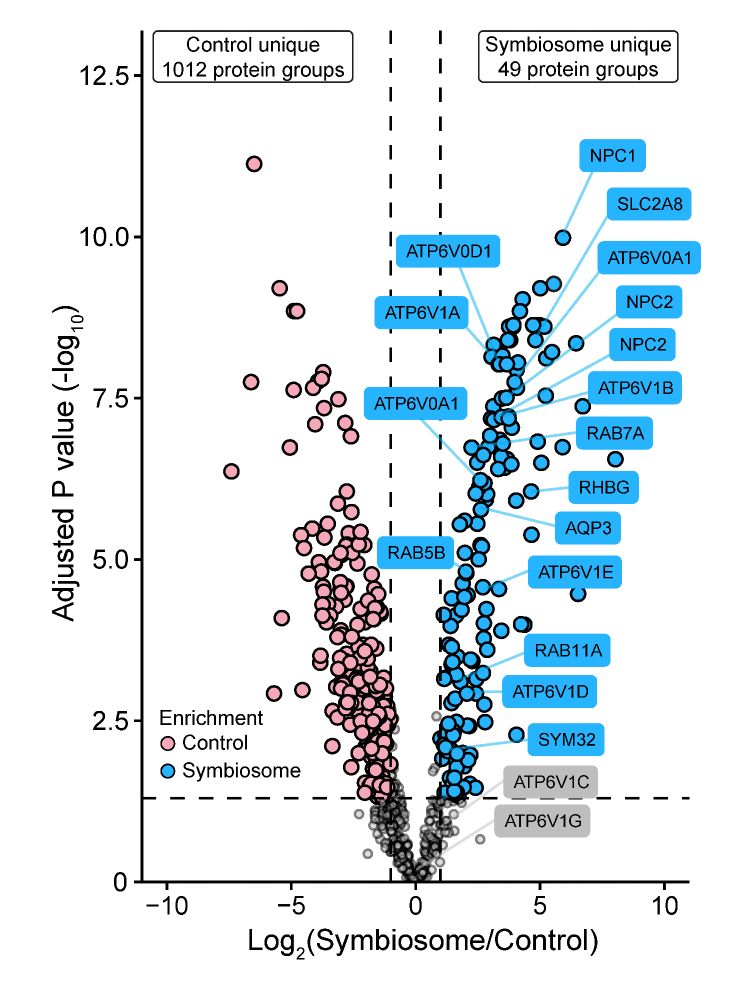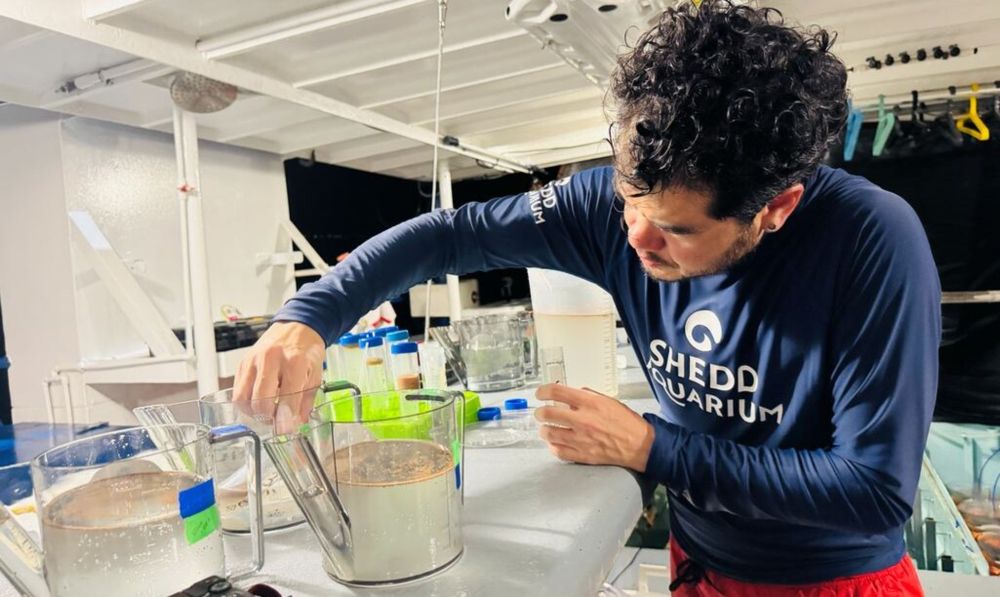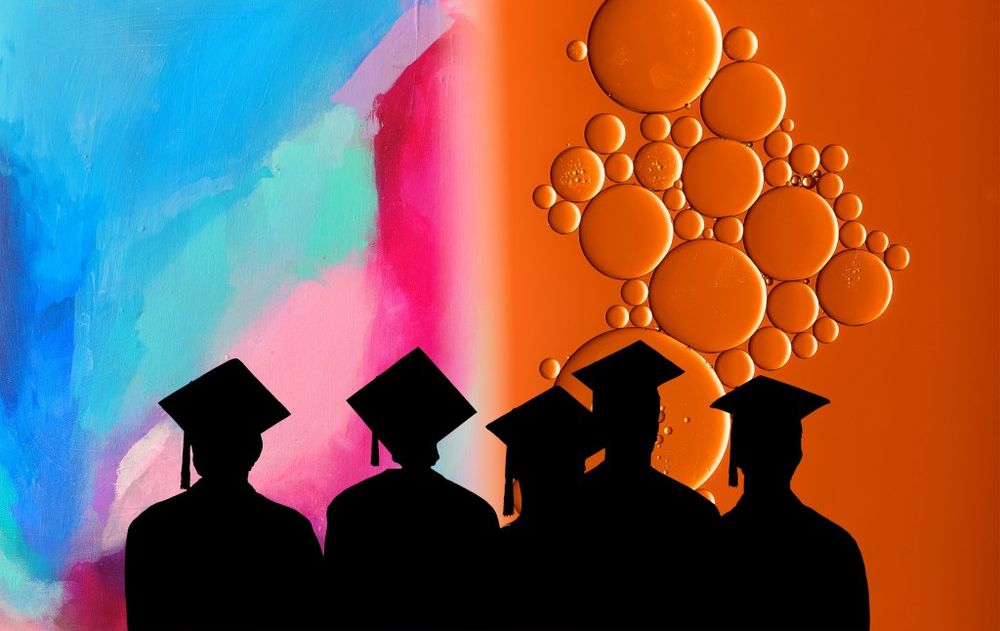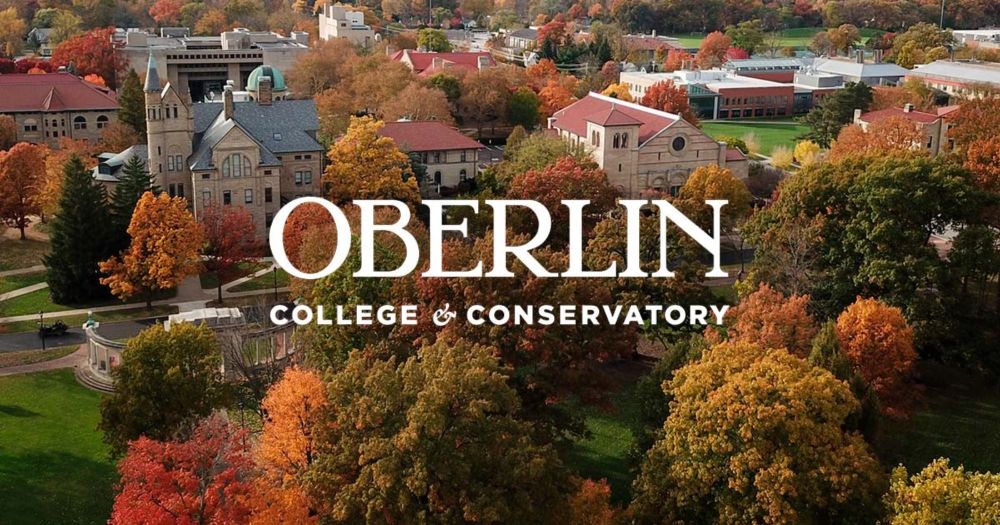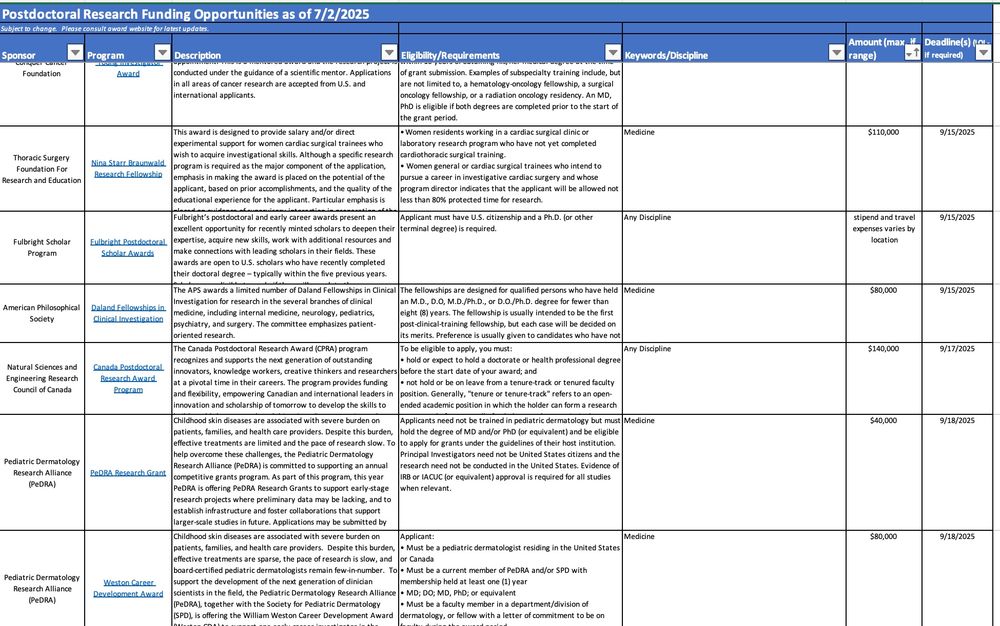Shumpei Maruyama
@shumpeim.bsky.social
540 followers
180 following
24 posts
Postdoc with Cleves Lab at Carnegie Science | NSF PRFB Fellow | trained by the Weis Lab | Studying cnidarian-algal symbiosis, especially interested in the symbiosome |
www.shumpei.me
Posts
Media
Videos
Starter Packs
Reposted by Shumpei Maruyama
Reposted by Shumpei Maruyama
Reposted by Shumpei Maruyama
Reposted by Shumpei Maruyama
Reposted by Shumpei Maruyama
Reposted by Shumpei Maruyama
Reposted by Shumpei Maruyama
Reposted by Shumpei Maruyama
Reposted by Shumpei Maruyama
Reposted by Shumpei Maruyama
Reposted by Shumpei Maruyama
Reposted by Shumpei Maruyama
Jun B. Cai
@junbcai.bsky.social
· Aug 5

Aiptasia oral regeneration is host-controlled but supported by symbiont-derived photosynthates - Symbiosis
The study of oral regeneration in the sea anemone Exaiptasia diaphana (commonly called Aiptasia) - a prominent model for the study of coral-algal symbiosis - offers the unique opportunity to investiga...
link.springer.com











